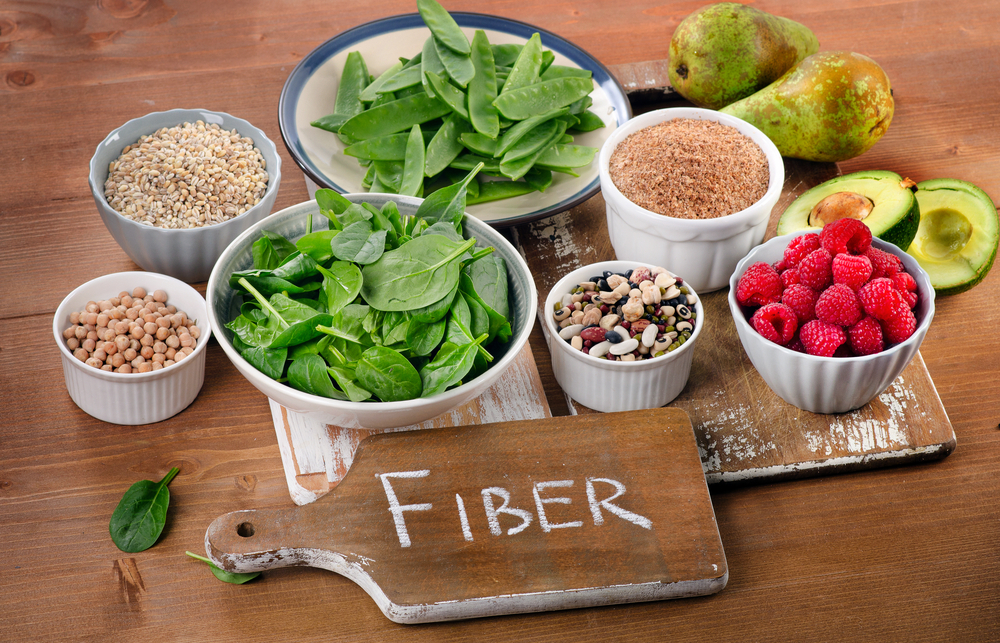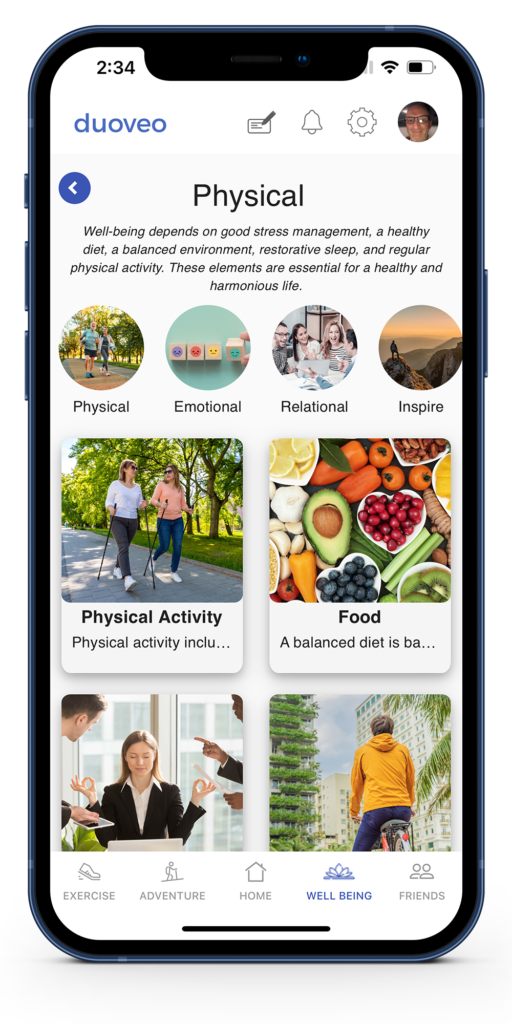Dietary fibers are the unsung heroes of our plates. While they often don’t receive the recognition they deserve, these indigestible plant substances play a crucial role in healthy meal planning and impact much more than just our digestive system. They contribute to overall physical wellness by enhancing digestion, regulating blood sugar levels, and even helping to maintain a healthy weight. Their secret? They can be found in a wide variety of delicious and nutritious foods, just waiting to be enjoyed. Let’s explore why dietary fibers are our best friends for a life full of energy and vitality!
What Are Dietary Fibers?
Dietary fibers are complex carbohydrates that our bodies cannot digest. Unlike other food components such as sugars or fats, fibers pass through our digestive system largely unchanged. This means they don’t provide calories but offer surprising benefits. There are two types of fibers: soluble and insoluble. Each has specific properties that affect our health in different ways.
- Soluble fibers, found in foods like oats, apples, and beans, dissolve in water to form a gel-like substance. These fibers help lower blood cholesterol levels and stabilize blood sugar, both essential for maintaining a healthy heart.
- Insoluble fibers, found in whole grains, nuts, and certain vegetables, promote regular bowel movements by adding bulk to stool. They ensure smooth digestion and optimal gut function.
The Health Benefits of Dietary Fibers
1. A Happy Tummy: Fibers and Digestion
We’ve all experienced moments when our stomach doesn’t feel quite right. Insoluble fibers play a critical role here by speeding up transit time and preventing constipation. They increase the volume of stool, helping our intestines function more efficiently. If you’re prone to bloating or digestive discomfort, a fiber-rich diet could be your lifesaver!
On the other hand, soluble fibers nourish our gut microbiota—the trillions of bacteria that help maintain our digestive health. As they ferment in the intestines, they produce short-chain fatty acids, which are beneficial for gut cells. So, think of a fiber-rich diet as a spa treatment for your gut, promoting easier digestion and a lighter feeling overall.
2. Weight Management and Satiety: Fibers as Weight-Loss Allies
If you’re working to maintain a stable weight or even shed a few pounds, fibers can be your best allies. They have an impressive satiety power. By absorbing water in the stomach, soluble fibers form a gel that slows down gastric emptying, making you feel full for longer. And when we feel full, we’re less likely to snack between meals!
Moreover, because fibers are not digested, they add volume to your meals without increasing calorie intake. This makes healthy meal planning even easier, allowing you to enjoy generous portions of fiber-rich foods, like vegetables, fruits, and legumes, while keeping your calorie intake under control. It’s great news for anyone looking to enjoy delicious food and maintain well-being!
3. Fibers and Heart Health: A Winning Duo
It’s well-known that a heart-healthy diet is crucial for overall health. Dietary fibers, especially soluble fibers, help lower LDL cholesterol (the “bad” cholesterol). They capture fats and sugars in the digestive tract and remove them before they enter the bloodstream.
Studies show that a fiber-rich diet can reduce total blood cholesterol by up to 10%, lowering the risk of cardiovascular diseases, such as heart attacks and strokes. Therefore, adding fiber to your diet is like giving your heart a gift of longevity.
4. Better Blood Sugar Control
For those concerned about diabetes or unstable blood sugar levels, soluble fibers are precious allies. They slow the absorption of sugars into the bloodstream after meals, preventing those dreaded blood sugar spikes that often leave us feeling tired and hungry. By stabilizing blood sugar levels, fibers help prevent type 2 diabetes and improve glycemic control in people who already have it.
For anyone looking to maintain steady energy levels throughout the day, a fiber-rich diet is a simple and natural solution.
Best Sources of Dietary Fibers
Now that you’re convinced of the benefits of fibers, you’re probably wondering where to find them. Fortunately, nature offers us a wide range of fiber-rich foods to choose from. Here are some top sources to include in your daily meals:
- Leafy Green Vegetables (spinach, kale): Rich in insoluble fibers, they’re perfect for boosting digestion.
- Whole Grains (oats, brown rice, quinoa): A delicious and satisfying option, great for an energizing breakfast.
- Fruits (apples, pears, berries): These are not only sweet but packed with soluble fibers.
- Legumes (lentils, chickpeas, beans): These little gems are full of both fiber and protein, ideal for hearty and balanced meals.
- Nuts and Seeds (almonds, chia, flaxseeds): A crunchy, fiber-packed snack that will give you a boost of energy.
How Much Fiber Should You Consume?
Experts generally recommend a daily intake of about 25 to 30 grams of fiber for adults. However, the average intake in many countries is often far lower than this target. Don’t worry, though! Increasing your fiber intake is easy by gradually adding fiber-rich foods to your healthy meal planning. Start your day with a bowl of oatmeal, add raw or cooked vegetables to each meal, and snack on fruits or nuts for a tasty and healthy option.
Beware of "Too Much Fiber" Effect
Even though fibers are magical, it’s possible to consume too much too quickly. A sudden increase in fiber intake can lead to bloating, gas, and digestive discomfort. Therefore, it’s advised to introduce fibers gradually into your diet while drinking plenty of water to aid their proper absorption.
Conclusion: Fibers, a Big Ally for Your Well-Being
Dietary fibers are more than just digestive regulators—they are powerful allies in maintaining a healthy body, stable weight, and smooth digestion. By incorporating them into your healthy meal planning, you’re taking a huge step towards a more energetic and balanced life. So, don’t underestimate their importance, and let them take their rightful place on your plate. Your body will thank you with every bite!
References:
- Harvard T.H. Chan School of Public Health : “The Nutrition Source: Fiber”
- Mayo Clinic : “Dietary fiber: Essential for a healthy diet”
- American Heart Association : “Soluble vs. Insoluble Fiber: What’s the Difference?”
- National Institutes of Health (NIH) : “Dietary Fiber and Health”
- British Nutrition Foundation : “Fibre and why it is a key part of your diet”


